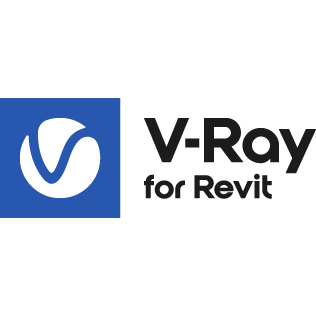As of April 30, 2025, we’re proud to announce our exciting new chapter. | Read more here.

This course introduces you to the essentials of V-Ray for Revit covering several topics that are indispensable for enhancing architectural design.
You are viewing upcoming V-Ray for Revit Essentials classes. Click here to view all classes available.
Explore self-paced online instruction with Pinnacle Series.
Design a unique class with your data sets and workflows.
Don’t see a class that works for you?
Class Details & Description
PREREQUISITE
Working knowledge of Windows OS and basic knowledge of Revit
TRAINING OPTIONS
In-Person & Live Online Training Duration: 24 hours & Valid for 24 AIA LU
OnDemand Training: Applicable for AIA LU
Custom Training: Hours & AIA LU Varies
This course introduces you to the essentials of V-Ray for Revit covering several topics that are indispensable for enhancing architectural design.
UI & VFB: The lessons in this category provide an overview of V-Ray’s components, what they do, and where to find them in the interface; User Interface – A guide to the most commonly used V-Ray components; V-ray Frame Buffer – What the V-Ray Frame Buffer is, and its most useful features; Asset Editor – manage geometry, materials, and textures within an easy to use dialog box; Appearance Manager – control the appearance of assets before and during rendering, including materials, objects, global overrides, and contours; Chaos Cosmos – access high quality 3D content from the rich V-ray ecosystem.
V-RAY SWARM: Learn to use V-ray Swarm, a distributed rendering system that allows users to render on multiple machines at once using a simple web interface; Swarm can be run on machines that do not have Revit installed, expanding the rendering
SAMPLIN: An in-depth explanation of how to optimize antialiasing and render times.
LIGHTING: Interior Lighting – Learn techniques for lighting interior spaces; find a balance between artificial lights and the environmental light from the sun. Exterior Lighting – Learn techniques for lighting exterior scene; V-Ray Sun and Sky System – Set up day time illumination with the V-Ray’s Sun and Sky system; V-Ray Dome Light – The workflow to generate Image Based Lighting with the V-Ray Dome Light; V-Ray Ambient Light – An overview of the settings of the V-Ray Ambient Light.; V-Ray IES Light – How light profiles and V-Ray’s IES light can create realistic lighting.
SHADING: V-Ray Material – V-Ray material settings, and how to use them to simulate a wide range of real world materials; V-Ray SSS Materials – V-Ray FastSSS2 and V-Ray Skin materials, and how to use them to create translucent or sub-surface scattering materials; V-Ray 2-Sided Material – V-Ray 2-Sided material, and how to use it to create thin translucent materials such as fabric or paper; V-Ray Blend and Bump Materials – How to create more complex materials; Random Color Techniques – How the V-Ray Multi Sub texture and the V-Ray User Color node can generate random colors in a shading network.
CAMERA: Physical Camera – Physical Camera settings, and how they affect the exposure of the rendered image; Physical Camera: Motion Blur and Depth of Field – How to use Motion Blur and Depth of Field effects, and how to balance the exposure of the rendered image.
VOLUMETRICS: V-Ray Aerial Perspective and V-Ray Environment Fog atmospheric effects in an exterior scene
DYNAMIC GEOMETRY: V-Ray Displacement – Adding fine detail to scenes with the V-Ray Displacement Modifier; V-Ray Proxy – Optimize high poly count scenes with V-Ray’s Proxy geometry; V-Ray Fur – Generate realistic grass with V-Ray Fur.
RENDER ELEMENTS: V-Ray Render Elements – How to split the rendered image into render elements and combining them in compositing.
Download the Curriculum »